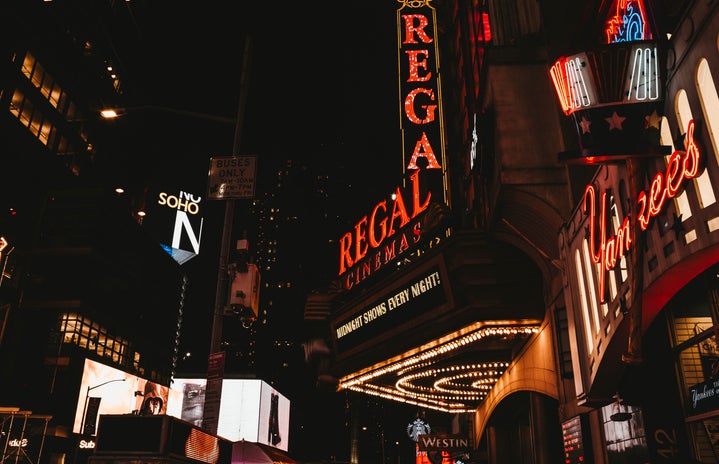There is only one word that can describe the experience that was viewing Sylvie’s Love: Cinematic. Sylvie’s Love directed, written and produced by Eugene Ashe is an exploration of true love, dreams, sacrifice and jazz in the 1950s to 1960s Harlem that truly puts a stellar Black cast to the forefront. Performances by Tessa Thompson and Nnamdi Asomugha as Sylvie and Robert respectively were very balanced and equally matched.
After being separated for five years, Sylvie and Robert find themselves reunited by a chance encounter. Sylvie’s Love follows the story of Robert and Sylvie as they journey through a young budding summer love while balancing the quest to support each other’s dreams. Sylvie’s dream is to produce TV shows, given that she’s passionate about it while Robert’s dream is to be among the jazz greats as a saxophone player. Sylvie works at a record store with her father that Robert also eventually works at, mainly because he was taken aback by Sylvie when seeing her through a window.
Robert initially was able to pursue his dream by playing for a band in Paris. However, given that Sylvie was engaged to another man, she knew the reality of not being able to follow him to Paris. They separated because of life, a summer love coming to an end. This is the beginning of their story, which continues to dance a fine line between sacrifice and love. This new era of filmmakers teeters between showcasing the pursuit of dreams while also acknowledging the reality between two dreamers. It’s not all Hollywood in the sense where everything magically works out. It’s escapist when it needs to be, while also reminding the viewer that it takes time and compromise for dreams to work out.
Without revealing too much of the plot, down the line, Sylvie ultimately realizes her marriage will not sustain her. She’s given an opportunity to be a production assistant for a show and eventually, goes on to be the head producer. Robert actively supports this dream, while her husband does not. For only a moment, things seem to work out. Sylvie does well with the show, and Robert is considering creating his own music.
Reality, however, gets the best of them again. Robert is considering going to Detroit for his music, however, and has to acknowledge that the times are changing. Jazz is not as popular as it was when he first started. As life happens, Robert has to face that his jazz dream may come to an end but knows Sylvie would sacrifice her dream if it meant he could live his. When he sees Sylvie working and achieving her dream, he realizes he must let her go, a decision that he made on his own. He didn’t tell Sylvie he was quitting jazz to take a factory job in Detroit because he wanted her to continue producing.
I call this a cinematic reignition for many reasons but the most striking is the overall “look” of the film. When you’re working with Black or other melanated people, lighting is extremely important to how the character is portrayed on screen so emotional responses can occur beyond the physical screen. Back in the prime Golden Era of Hollywood, that cinematic look was only geared towards uplifting the White characters, using lighting to make them seem angelic or heroic. Needless to say, any minority characters were not given the same lighting or command on screen.
The way this film was able to take what Hollywood did famously at that time but reinvent it to put Black characters at the forefront was absolutely phenomenal and breathtaking. It was a reminder for any cinephile why cinema as a whole is so revered and magical, regardless of your identity. The look of this film truly is what movie magic is all about. The story was phenomenal in highlighting the quest for dreams and how we’re all entitled to pursue them. It also serves as a powerful reminder of how dreams can change, and our dreams mean nothing without the people we love. That is what Sylvie’s Love has to offer to viewers.
Sylvie’s Love is available to stream on Amazon Prime.


